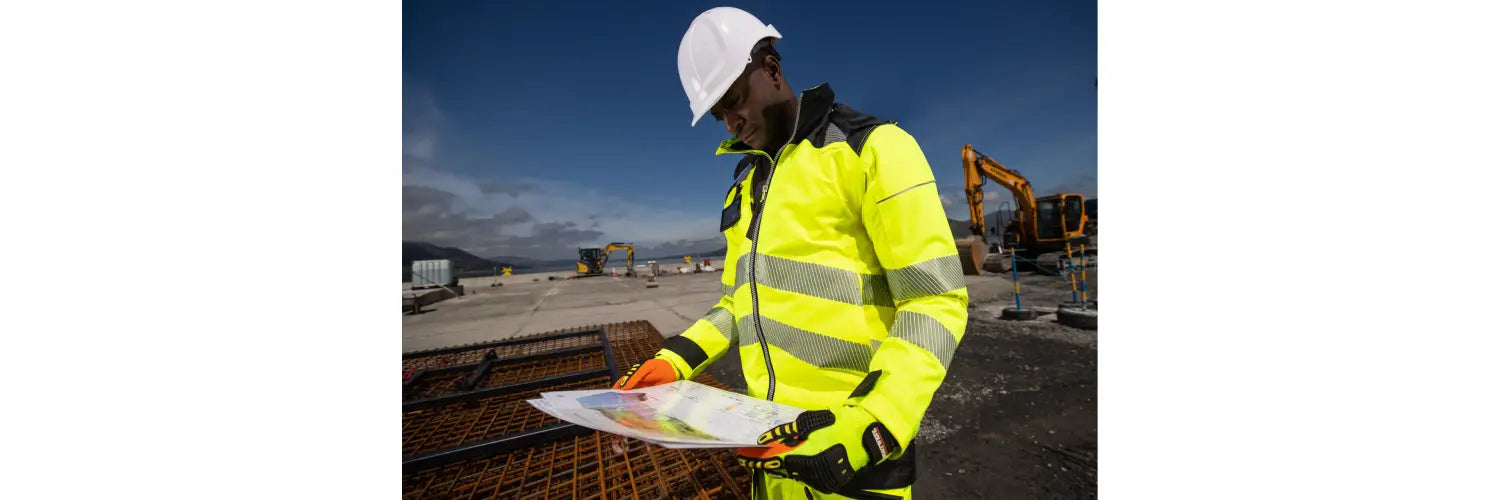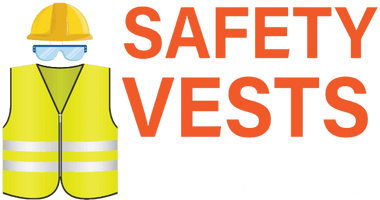
What Safety Vest Is Required for Night Work?
Visibility is one of the most critical safety concerns when you’re working at night. Workers are at a higher risk of accidents when visibility is reduced due to darkness or low-light conditions. It is essential to wear the right high visibility safety vest to minimize these risks. But not all safety vests are made equal, especially when it comes to night work.
In this guide, you will learn about the types of night work requiring safety vests, vests ideal for night work, and OSHA requirements for safety vests, while also guiding how Class 3 safety vests are different from Class 2 safety vests.
Types of Night Work Requiring Safety Vests
Night work spans a wide range of industries and job roles. Proper high visibility gear is crucial to ensure worker safety in each case. Some of the most common types of night work that require high visibility safety vests include
-
Road construction and maintenance
-
Utility and electrical line repair
-
Railway maintenance
-
Warehouse and logistics operations
-
Airport ground crew operations
Low light combined with moving vehicles and machinery increases the danger in these environments. Workers need to be easily spotted from a distance to avoid accidents, making the selection of safety vests a top priority.
Safety Vests Ideal for Night Work
Safety vests must offer enhanced visibility through retroreflective striping and bright fluorescent colors for night work. The ideal vest will meet ANSI/ISEA 107 performance standards and fall under Class 2 or Class 3 visibility ratings, depending on the job conditions and level of risk.
Class 2 Safety Vests
In environments where traffic speeds are under 50 mph and where a moderate level of visibility is required, Class 2 vests are recommended for workers. These vests feature:
-
A minimum of 775 square inches of background material
-
Fluorescent colors like orange, lime, or yellow
-
Reflective strips across shoulders and torso
Class 3 Safety Vests
Class 3 vests offer the high level of visibility and are suitable for high-risk night work. These vests are needed for workers in:
-
Roadways where traffic exceeds 50 mph
-
Low-light or no-light conditions
-
Complex backgrounds where workers may blend in
Difference Between Class 2 Safety Vests and Class 3 Safety Vests
It is important to understand the difference between Class 2 and Class 3 vests when choosing the right safety gear for night work:
|
Feature |
Class 2 Vest |
Class 3 Vest |
|
Background Material |
775 sq. in. |
1,240 sq. in. |
|
Reflective Tape |
201 sq. in. |
310 sq. in. |
|
Sleeves |
Optional |
Required |
|
Usage Environment |
Day or dusk with moderate traffic |
Night or high-speed roadways |
To provide greater visibility through increased reflective surface area and added coverage like sleeves with reflective bands, Class 3 vests are the go-to choice for night work.
OSHA Requirements for Safety Vests
To safeguard workers exposed to public vehicular traffic or construction equipment, the Occupational Safety and Health Administration (OSHA) mandates the use of high-visibility clothing. OSHA references ANSI/ISEA 107 standards for performance requirements. Key OSHA guidelines include:
-
During night operations or when lighting is inadequate, workers must wear high visibility apparel.
-
Failure to comply with OSHA requirements can result in citations, fines, and increased risk of workplace accidents.
Choosing the Right Safety Vest for Your Needs
Keep the following factors in mind when choosing an appropriate safety vest for night work:
-
Environmental conditions, like lighting and background contrast
-
Comfort and fit, especially for extended wear during night shifts
-
Durability and compliance with ANSI/ISEA 107 standards
Our collection at Safety Vests And More ensures both comfort and compliance, from mesh vests for breathability to heavy-duty options with zipper fronts and pockets.
Due to limited visibility, night work introduces significant safety challenges. Wearing the right high visibility safety vest is a critical step in protecting workers. It is necessary to comply with OSHA and ANSI standards to ensure your team stays visible, protected, and compliant with regulations.
Whether you're managing a construction crew, utility workers, or emergency responders, investing in the correct safety vest for night work is essential for workers safety.
Frequently Asked Questions
How to choose the right safety vests for night work?
Class 3 vests are ideal for high-risk night jobs; choose vests that are ANSI/ISEA 107 compliant, have reflective tape for visibility, and offer adequate coverage.
Which color of vest is suitable for construction workers at night?
Fluorescent orange and lime ones with reflective stripes are the best vests because they guarantee excellent visibility in both bright and low light.
Why is it necessary to meet the safety standards?
To ensure worker visibility, reduce the risk of accidents, and keep employers compliant with safety regulations, it is essential to meet ANSI/ISEA and OSHA standards.
